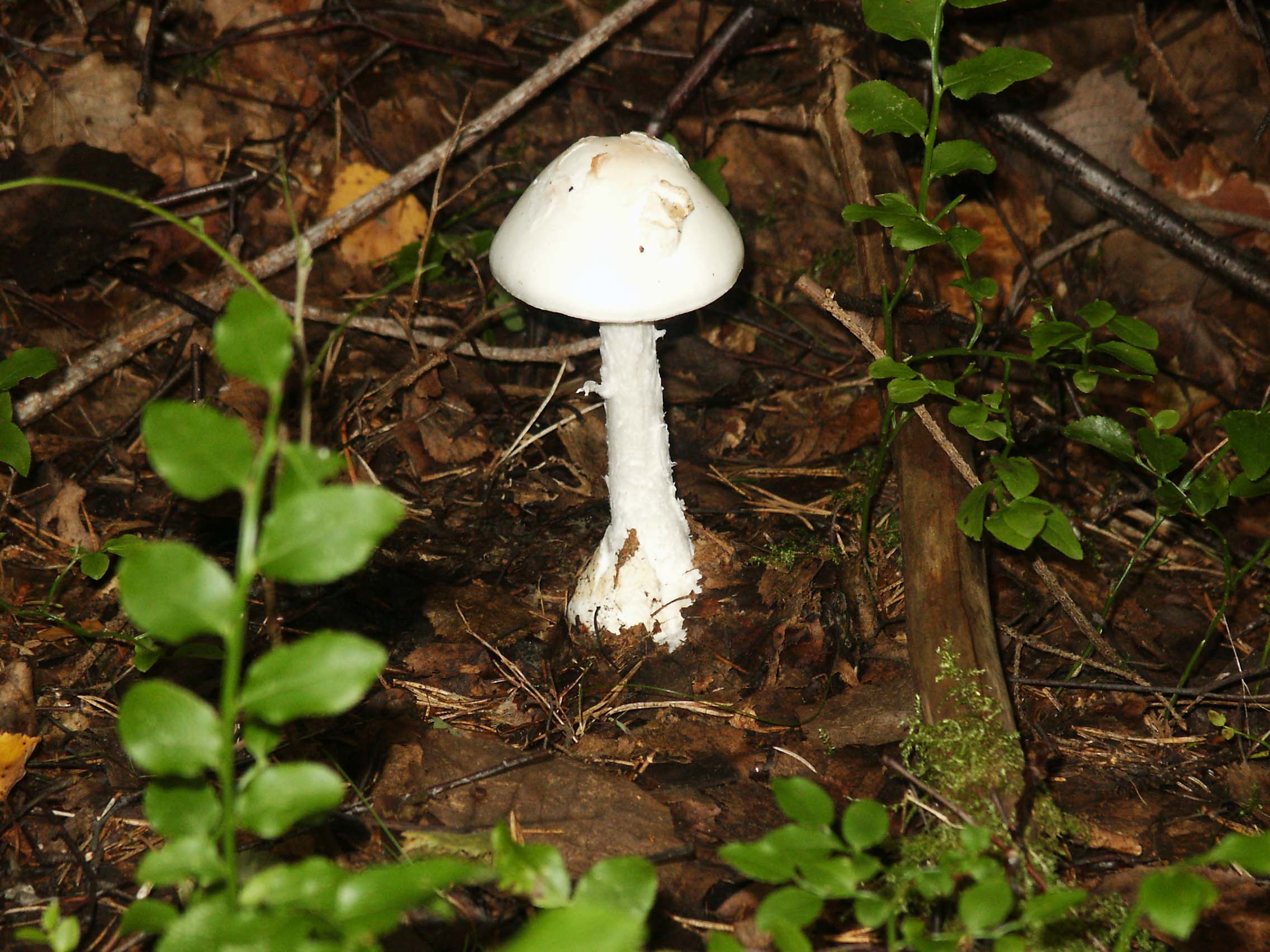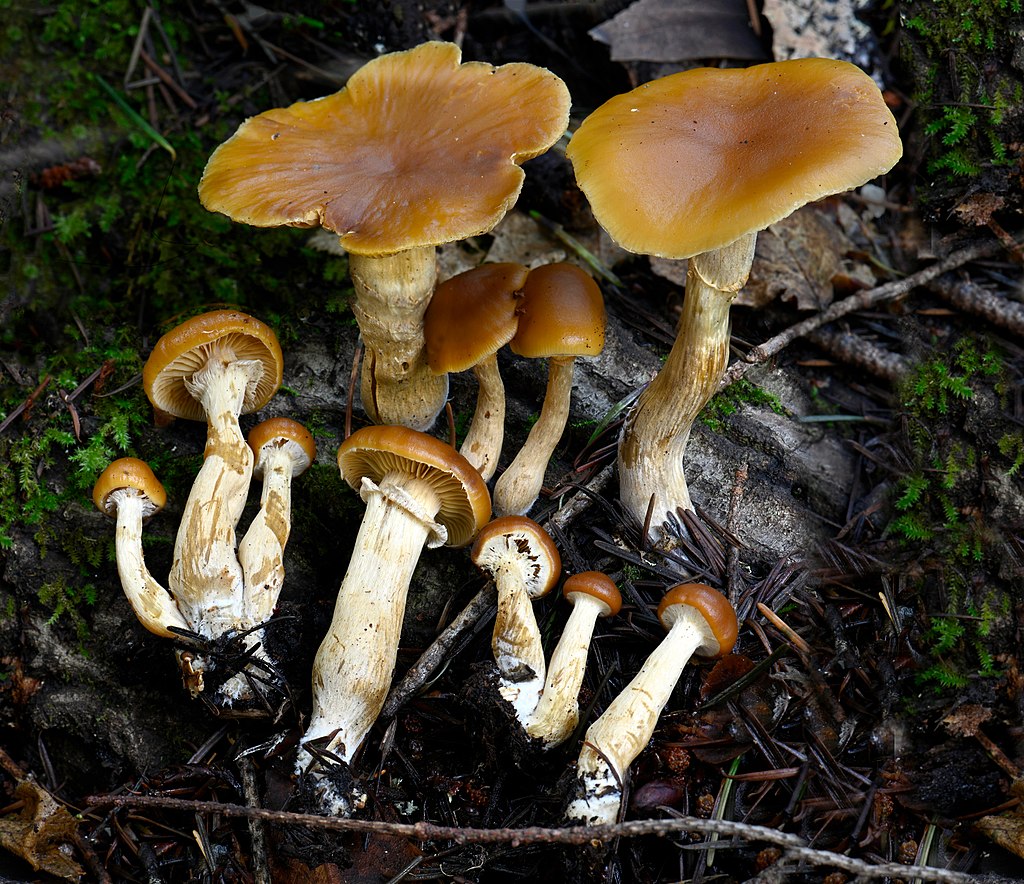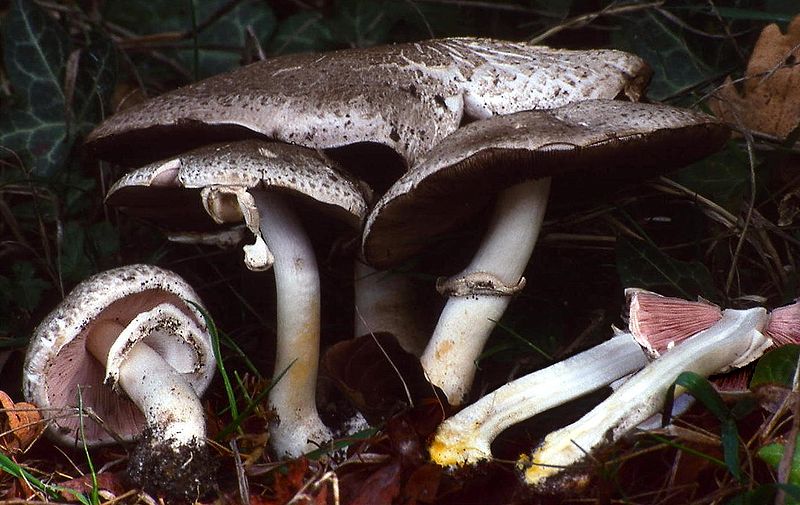
Wild Poisonous Plant Of The Week 6 - Destroying Angel
Botanical name: Amanita virosa
Common name: Destroying Angel, Death Angel

Best places to find: Generally, can be located in woodlands, growing on and amongst tree stumps/downed trees, both deciduous and coniferous but particularly associated with Beech . Mostly prevalent in Europe.
Identification: Can be mistaken for several edible varieties of mushroom particularly, the Portobello mushroom. The mature Angel is all white, including the gills, caps and stipes. The immature fungi appear as an egg-shaped object, covered with a veil. As the specimen matures, the cap develops into a flattened, hemispherical shape, standing on a long, white stalk.

Time of year: Summer and Autumn.
Toxicity: One of the most poisonous mushrooms in the world! Just one mushroom cap is sufficient to cause fatal poisoning in an adult! To add to the danger, symptoms of poisoning do not become apparent for several hours after consumption! By this point, it is probably already too late for effective treatment. The active compound is a-amanitin, which when ingested, causes a fatal shut down of the liver and kidneys. If you suspect poisoning, seek immediate medical attention. Try and take a sample of the mushroom with you to hospital so as medical staff are able to administer the correct treatment. This should be done with any suspected ingestion of a suspected poison. For any chance of successful treatment, several complicated and long-winded treatments will be administered, including, potentially a liver transplant.
Point of interest: With several similar looking species, this mushroom is on of the most commonly mistaken species to be treated as edible. The Death Angel accounts for approximately 10% of all mushroom poisonings in Europe.
Photos courtesy of
Ben DeRoy via Wikipedia, Creative Commons Attribution
First nature(https://www.first-nature.com/fungi/amanita-virosa.php)


